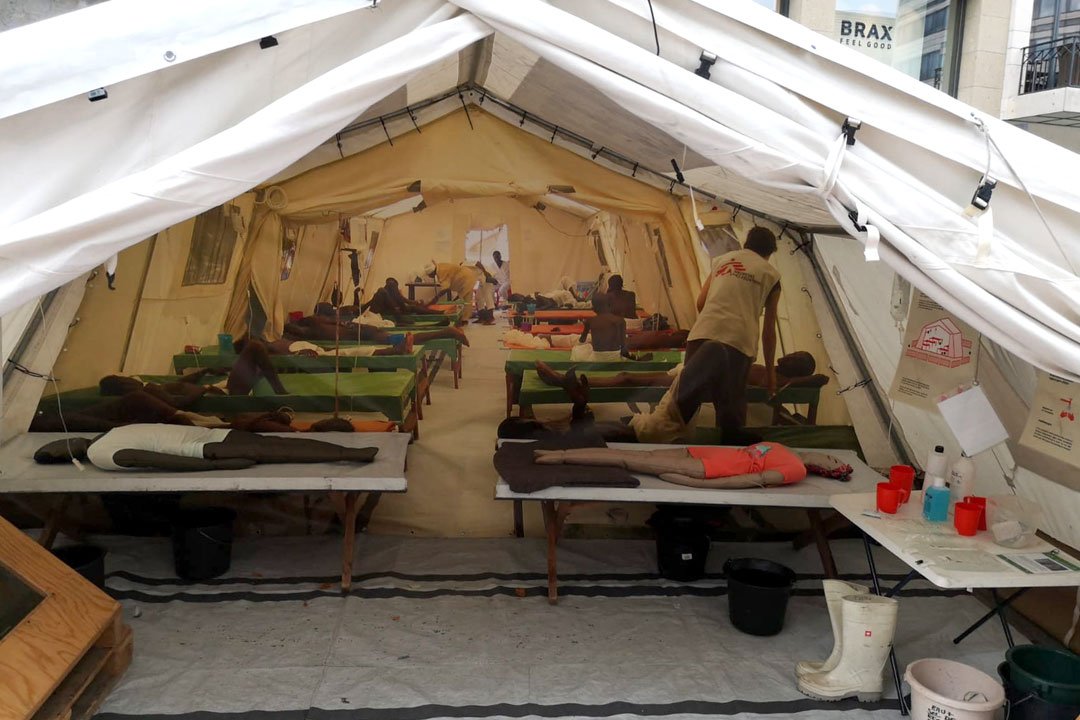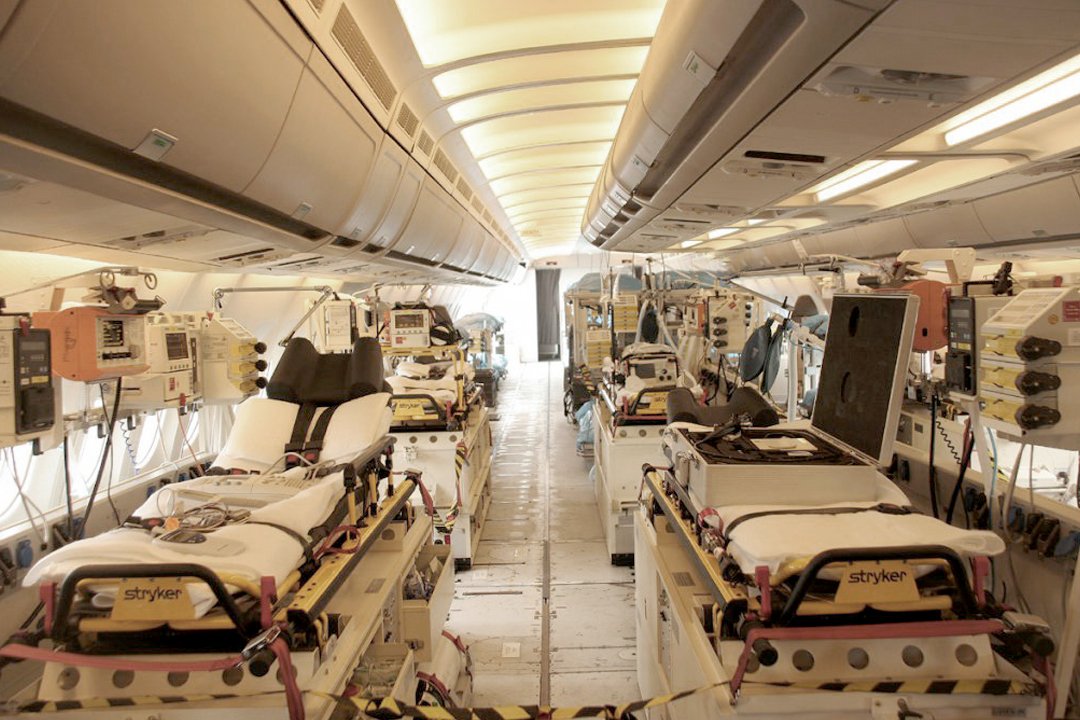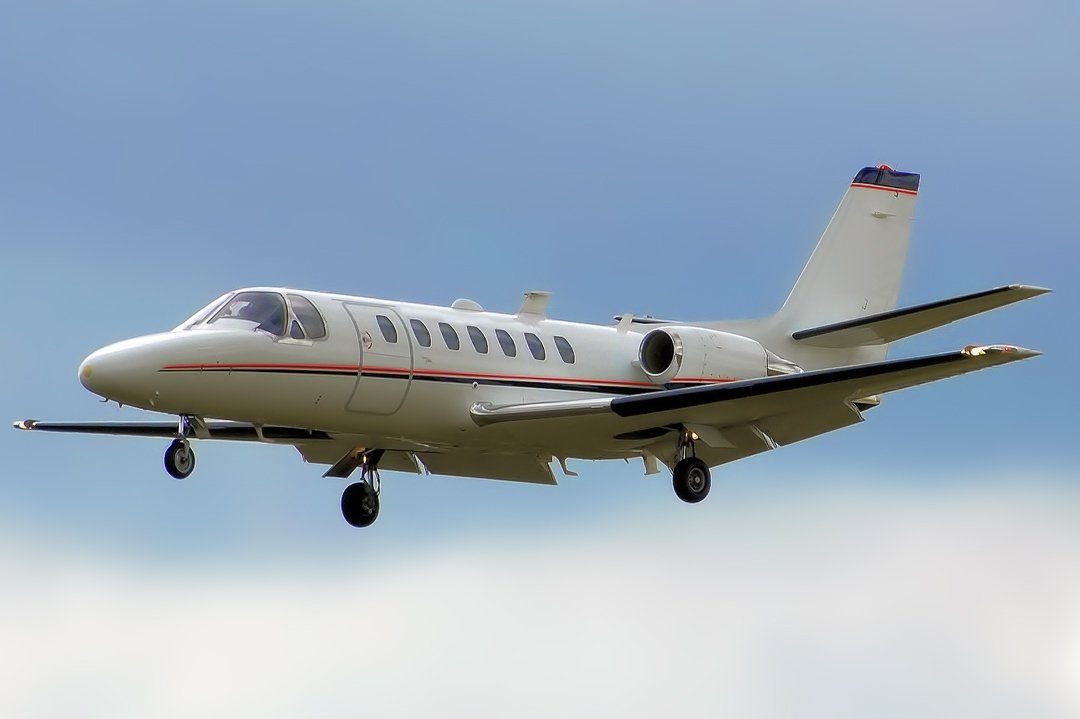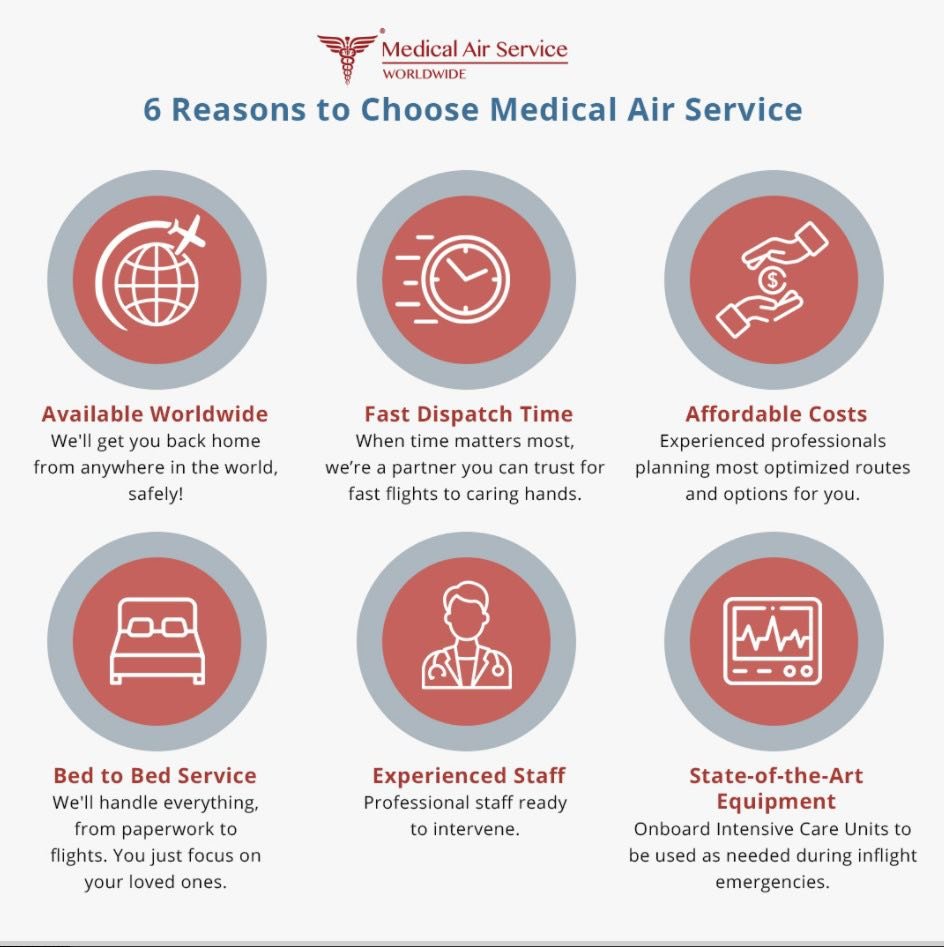Reading Time: 4 minutes
Table of contents
For years and years, air ambulances, although less technologically and medically-advanced, have been used to transport patients. During the world wars, they transported injured soldiers during a process called Casevac. What is it and how is it different from a medical evacuation.
Casevac vs Medevac: Key Points to Remember:
- Casevac refers to “Casualty Evacuations” and Medevac refers to “Medical Evacuations”.
- Casevac means transporting injured civilians and military from battlegrounds or fighting zones to medical facilities or trauma centers so they can receive care often in non-medical vehicles
- Medevac involves careful planning to move patients from the accident scene or from another medical facility to a medical facility for additional medical care using purpose-built patient transport vehicles.
Similarities between casevac and medevac
Casevac and medevac are words that can be seen as a result of coinage, both referring to 'Casualty Evacuation' and 'Medical Evacuation' respectively. What do they mean? Since both refer to the basic principle of transporting individuals, wounded or sick and in urgent need of medical attention, one may be led to think that they can be used interchangeably. However, that is not the case. Let's take a closer look at their exact meaning and how they are distinct from one another.
What is casevac?
Casevac refers to Casualty Evacuation. A casualty evacuation is a term that originally came into use in the military context. Traditionally, it defined the transportation of wounded civilians and soldiers from combat zones or the battlefield to a medical centre or a trauma facility so that they can receive treatment and care.
 In most cases, Casevac missions are conducted by air since time is of the essence for the patient, considering that his life is on the line and immediate treatment is primordial. However, it should be noted that in some cases, the patient can be evacuated by a ground vehicle as well. Neither the vehicles nor the aircraft used for a CASEVAC mission is purpose-built.
In most cases, Casevac missions are conducted by air since time is of the essence for the patient, considering that his life is on the line and immediate treatment is primordial. However, it should be noted that in some cases, the patient can be evacuated by a ground vehicle as well. Neither the vehicles nor the aircraft used for a CASEVAC mission is purpose-built.
Taking into consideration the urgency factor, general-purpose aircraft are used to evacuate the casualty due to their availability. Here the goal is to ensure the casualty reaches a location where he would receive medical care within an hour of the incident, without having to wait for a medevac aircraft. Therefore, the CASEVAC aircraft may have limited or no medical equipment on board to provide medical care en-route, and consequently the patient may or may not receive care during the evacuation.
The preferred aircraft types for casevac are rotor-powered ones, typically helicopters, because they do not need a designated runway to land and they can take off on the spot. A helicopter has the benefit of being able to pick up patients from any location by landing or hovering above the area, regardless of the terrain.
Casevac missions are often conducted by the people on the scene of the incident since, in most cases waiting for a medic could lead to the patient's condition worsening. Once the casualty is airlifted to a medical facility, he is catered to by a medical team.
What is medevac?
 Medical evacuation, or 'medevac' is a much more organized procedure. The process of transporting patients to a medical facility either from the site of the accident or from another medical facility for further medical attention is carefully planned. The mission is conducted by air or by road, using aircraft and vehicles that are dedicated and built to provide en-route care to the patients. In most cases, the patient has already received prior medical attention and is not in a life-threatening situation requiring immediate attention.
Medical evacuation, or 'medevac' is a much more organized procedure. The process of transporting patients to a medical facility either from the site of the accident or from another medical facility for further medical attention is carefully planned. The mission is conducted by air or by road, using aircraft and vehicles that are dedicated and built to provide en-route care to the patients. In most cases, the patient has already received prior medical attention and is not in a life-threatening situation requiring immediate attention.
What type of vehicle is preferred for a medevac mission? This varies according to the circumstances and the urgency of the situation. Both ground and air modes of transportation can be utilized. However, in contrast to casevac, the vehicles and aircraft come fitted with medical equipment, that is ground ambulances and air ambulances will be deployed.
Aeromedical transport also comes in the form of helicopters and fixed-wing aircraft. These are specially equipped ambulance jets and their benefit is that they can cover longer distances at a much quicker rate, increasing the efficiency of the mission. Moreover, medical personnel accompany medevac patients during the journey. They provide care for the patient mid-air and ensure the proper handing over of the patient to the destination medical facility.

What are the differences between casevac and medevac?
Both Casevac and Medevac englobes the idea of transporting patients. However, they have key differences which are explored below.
- Most of the time casevac missions take place in combat zones or battlefields, implying that the aircraft deployed are usually armed since their initial purpose was for military combat by the air force. On the contrary, medevac is an activity that is protected by the Geneva Convention. They are non-combat vehicles and aircraft mandated to be unarmed and well marked. According to Article II of the Geneva Convention, firing on "clearly marked and identified" medevac vehicles would be considered a war crime. As such, engagement on medevac vehicles by the air force would entail penalties, which is not the case for casevac.
- For a casevac mission, the closest unit on hand would be involved in the evacuation and transportation process because of the urgency of the situation. In contrast, medevac missions involve planning and organization, which ensures that medical personnel with Emergency Medical Technician (EMT) training will be dispatched by road or via an air ambulance to the site of the injury. It is important to note that military personnel is now being trained on necessary First-Aid procedures. For instance, armed forces now have corpsmen who have been trained to give first-aid and minor medical treatment. Moreover, they are now equipped with a basic First-Aid kit to stabilize wounded persons immediately to prevent their condition from deteriorating any further.
- Casevac flights cover short distances, whereas medevac flights tend to be medium range to long-distance flights. For this reason, only helicopters are used to evacuate the casualty in casevac emergencies, while both helicopters and aeroplanes are used for medical evacuations.
How to organize a medevac mission?
If you need to plan a medevac mission but do not know how to proceed, get in touch with us. At Medical Air Service, we organize patient transports across the globe. We can fly patients over both long and short distances either in air ambulances or in commercial flights accompanied by a medical escort, depending on the patient’s condition. To book a medical flight you just have to:
- Contact us and we will work on the organization
- Review the quote and contract we send out
- Confirm the flight and payment
We have extensive experience organizing medevac missions across the globe and we ensure customer satisfaction. Have a look at what our customers have to say about our service:
“I will never be able to thank you and your team enough for the miracle work you have done for my family. Thank you a thousand times over for everything. You have gone above and beyond”
“I would like to thank you formally for your professionalism in managing the trip, but more than that, to recognize your kindness and compassion, which helped to make the trip bearable for us.”

Contact us for a medical flight?
Contact us today for all your aeromedical missions as well as to get a quote. Our team is available 24/7 for a free, no-obligation consultation and we will be happy to advise you if you need a dedicated vehicle or an air ambulance wherever you are around the world.
Get in touch now